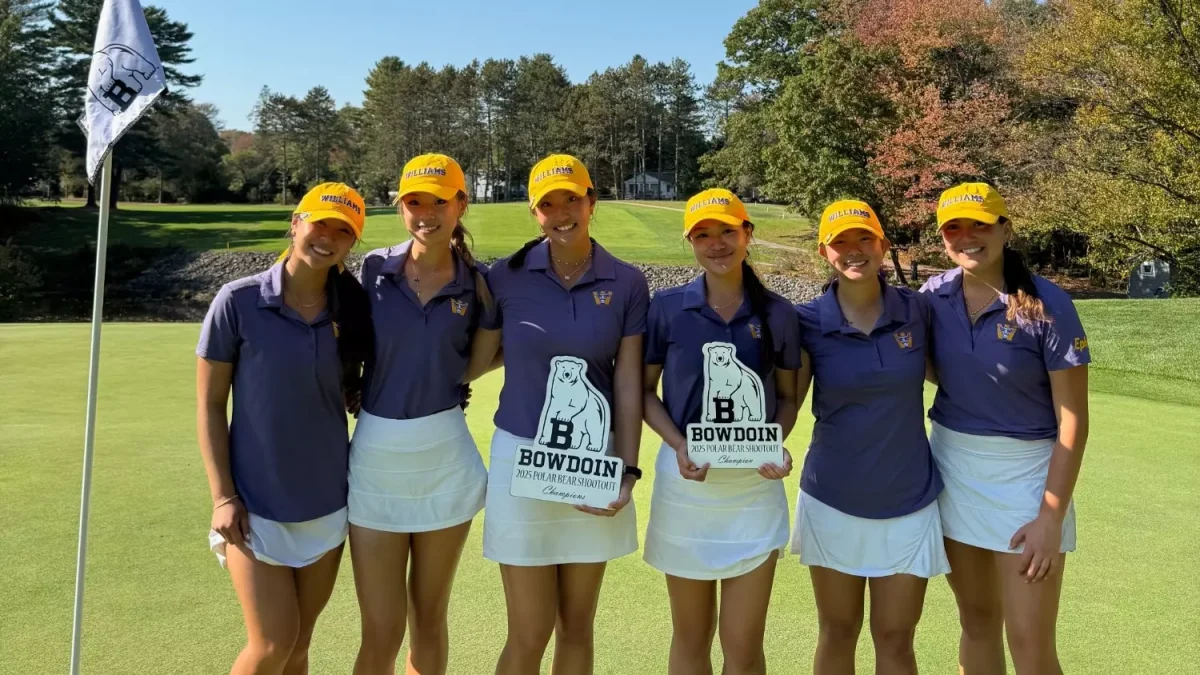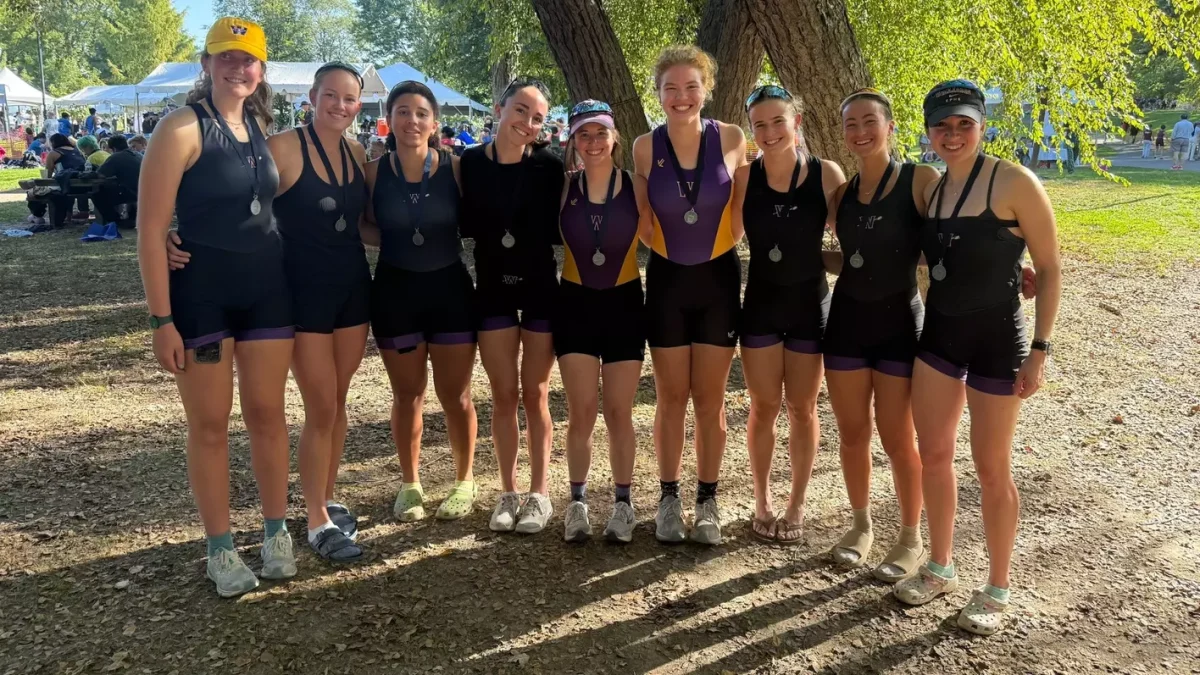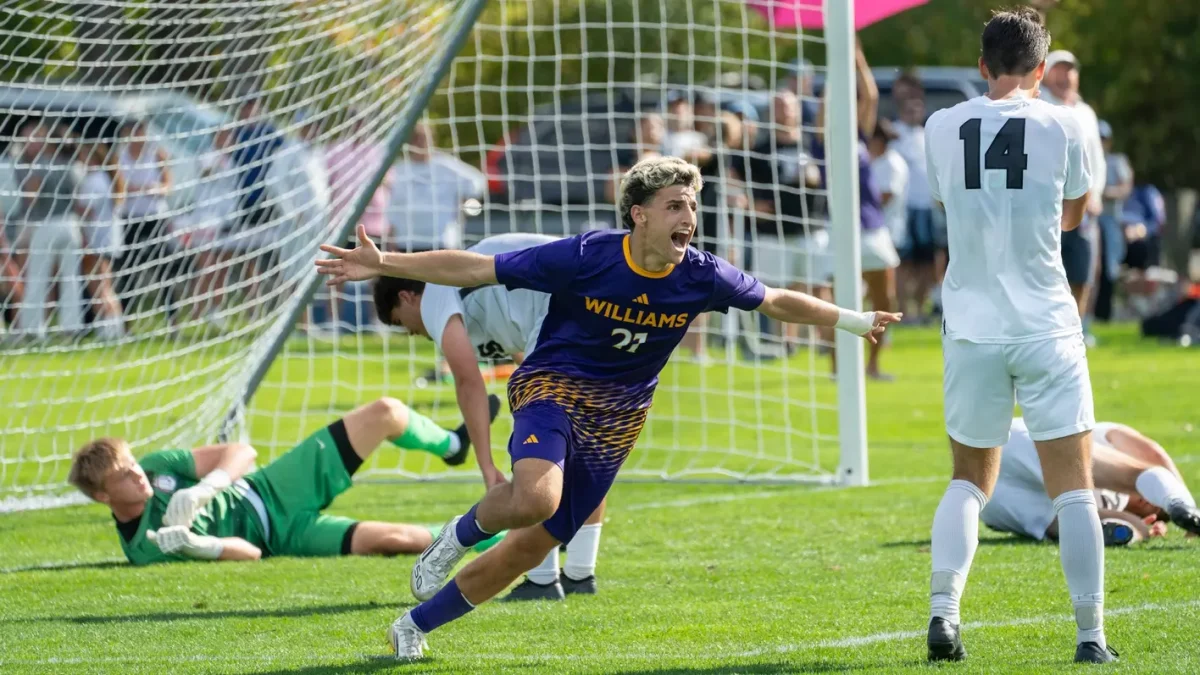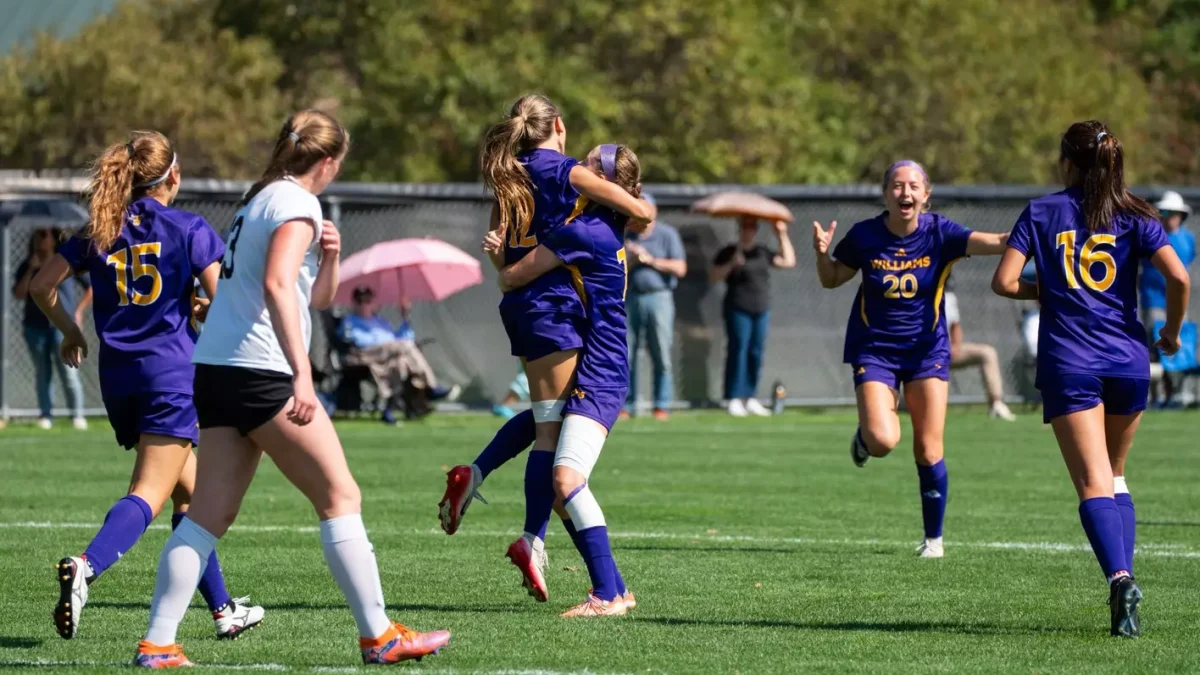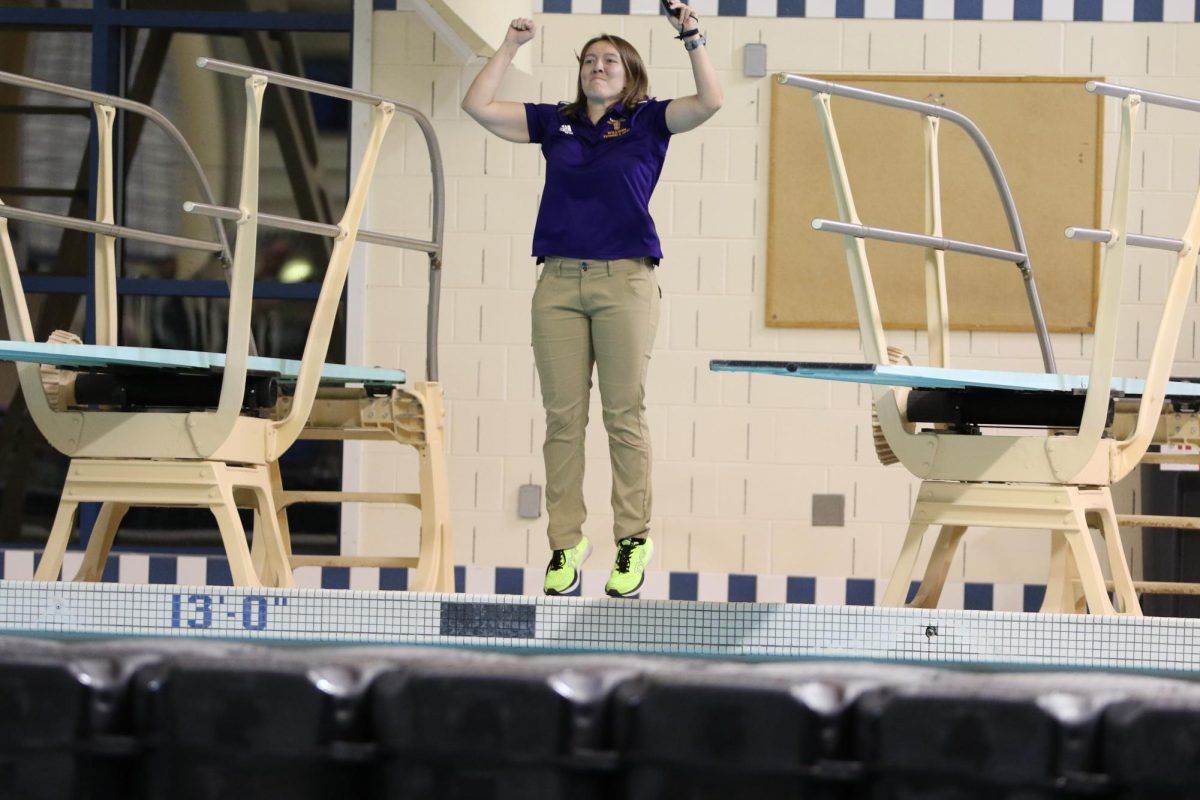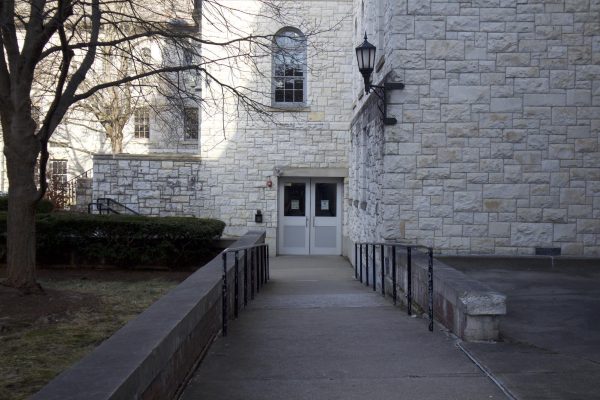
“The College will only accept athletic donations if they are matched with an equal academic donation,” Rachel Miller ’27 told the Record, voicing a rumor that many have heard during their time at the College. “Everyone has heard of this policy — I’ve heard it from not just students, but even coaches.”
But in an interview with the Record, Associate Vice President for Development Lewis Fisher said such a policy was a myth — though he added that Miller wasn’t entirely mistaken in her belief that the College prioritizes donations for academics over those for athletics.
“Williams has long had a reputation for putting academics first,” he said. “It’s not bizarre that a rumor like that would be created, and in some ways, it’s based on a kind of ethos that the institution has.”
So, how do athletic donations really work?
In 2012, the College introduced a policy that allowed donors to designate their gifts to specific sectors: financial aid, “equity and inclusion,” faculty support, athletic teams, and a variety of academic programs. Donors can also donate to the College’s “highest priorities,” essentially leaving their gifts undesignated.
In the 2024 fiscal year, 66 percent of donors left their gift undesignated. Among designated donations in this period, financial aid had the most donors at 14.5 percent, with athletics behind it at 7.1 percent, according to Director of Class Engagement and the Alumni Fund Sheila Mason.
This policy change was, in part, driven by an effort to attract more donations from younger alums, Fischer said. “[They] are more interested in designating their gift to something specific than they are to the broader [fund],” he said. “Interestingly, older alumni are less inclined to designate it. [They] trust the College to use their gifts where they are most needed.”
For the 2024 fiscal year, the Alumni Fund and Parents Fund received 1,305 gifts, totalling $563,966, to support athletics — a small portion of the over $15 million rasied through the fund for the College as a whole. Of these donations, 1,130 gifts came from alums, and 175 came from parents of students and alums.
These donations have helped create opportunities for varsity programs every year, funding training trips and increased salaries for assistant coaches, Fisher said.
Because donations offset part of a team’s budget rather than expand it, donors do not receive a direct report on how their money was used.
According to Fisher, challenges arise when donors want to allocate their gift to specific projects that are not priorities of the athletics department. Unless the donor’s intentions closely align with existing needs or they can be persuaded to support a priority or a program generally, the gift could be turned away.
He also added that this policy ensures fairness across varsity teams, noting that teams with particularly wealthy and engaged donors could otherwise raise more funds than others. For instance, men’s sports tend to garner more alum donations than their female counterparts — football and men’s lacrosse lead the varsity athletic programs in alum donors for the last fiscal year, with 151 donations and 82 donations, respectively.
“That’s an equity issue — it’s also a Title IX issue,” Fisher said.
Title IX is a federal law which prohibits sex discrimination in educational and athletic programs that receive federal funding. While the law does not require the same budget across genders for varsity programs, each team must be afforded the same opportunities, including travel experiences, competitive schedules, and equipment, Fisher wrote in an email to the Record.
“When [a donation] greatly enhances the experience of one set of athletes over others, and there is no way for us to redress that imbalance, it is an equity issue,” he wrote, adding that there is not a fixed cap for donations to any particular program.
“If you came to me and said, I want to give a million dollars to the men’s soccer team, the first thing I would do is try and convince you that we could really use a million dollars for all these other projects that are still athletics but not specific to the soccer team,” he said. “If I’m doing my job well, it’s steering the donors to give in ways that do work for the institution.”



